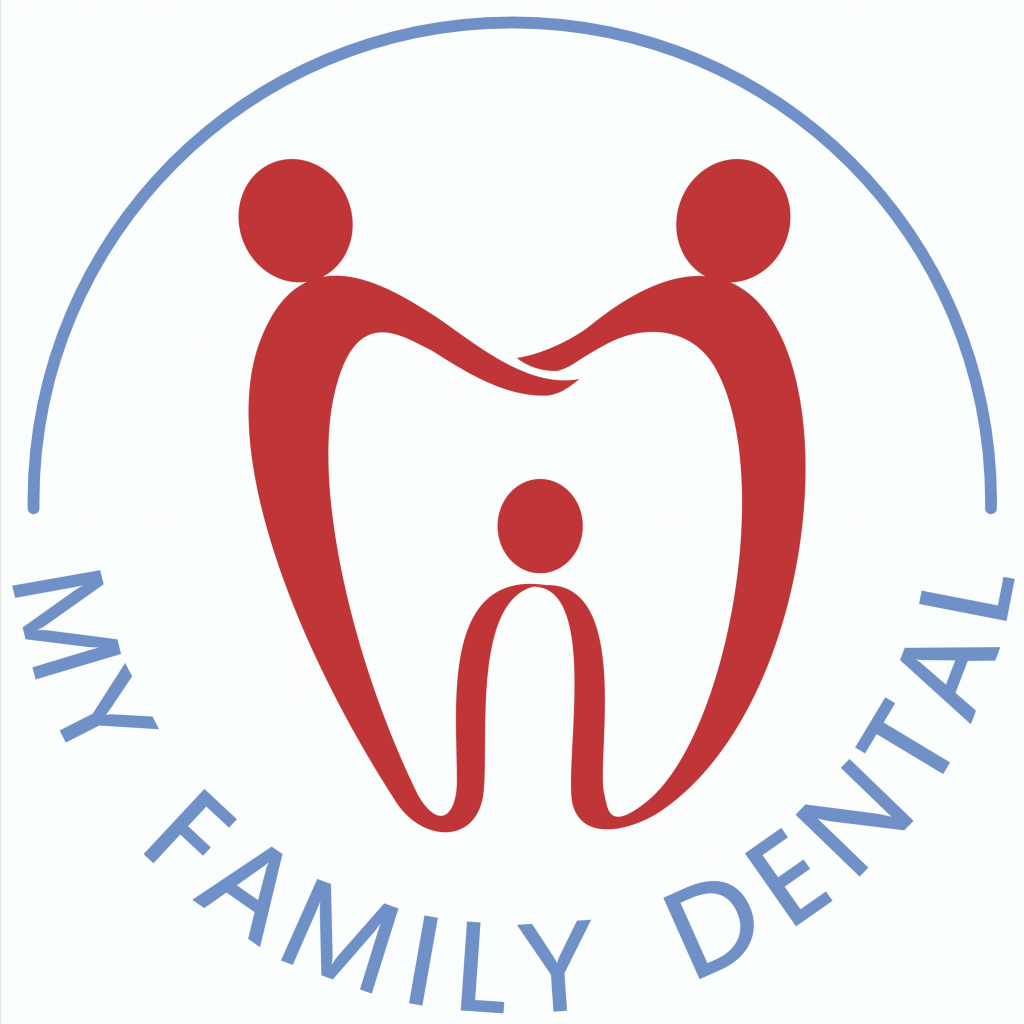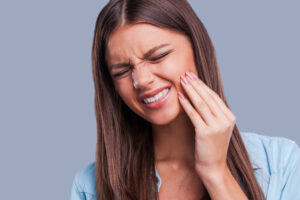Have you ever experienced dry socket after a tooth extraction?
You may have experienced dry socket yourself or may know someone who has experienced dry socket after they have had a tooth removed. OUCH!
Dry socket is pain in or around the area where a tooth has been taken out which increases in severity 1-4 days after a tooth is removed. It is caused by loss of the blood clot in the socket where the tooth was extracted; therefore named ‘dry socket’. 1 This is a common post-operative complication in approximately 5% of tooth extractions.2
Symptoms of dry socket include:
– Increasing severe pain 1-4 days after you have a tooth removed.2
– Bad taste in your mouth and/or bad breath
You may ask, what causes dry socket?
As mentioned early, dry socket is caused by loss of the blood clot in the socket after a tooth extraction. You may increase your chance of experiencing dry socket if you do not strictly follow post-operative instructions from your dentist. For example,
– Do not rinse, swish water around in your mouth, drink from a straw or water bottle for at least 12 hours after the tooth is removed. This may disrupt the blood clot.
Risk factors for dry socket also include:
-
if your tooth was surgically removed
-
if you had an existing dental infection
-
smoking
-
poor oral hygiene
-
extractions of teeth in your lower jaw
-
if you’re female and take oral contraceptive pills
-
and/or have systemic diseases. 1,3,4
Of course, keep in mind after a dental extraction you will have some discomfort, swelling, bleeding, and even bruising. Over a few days, this should start to improve, rather than worsen.
If you’re concerned after a tooth extraction because the pain is getting worse rather than better, it is best to phone your dentist. They may ask you to come in for a post-operative review or provide you with advice over the phone.
If the dentist sees signs of dry socket, they will rinse with an antibacterial rinse, place medicine in the socket and may prescribe an over the counter pain reliever.2 This will reduce pain and help the socket to heal. As dry socket is not an infection, oral antibiotics will not be prescribed as they will provide no benefit.2
Overall, I strongly recommend following the post-operative instructions advised by your family dentist after you have a tooth removed. You can learn more about our family dental and you can visit our My Family Dental for any recommendations. This gives you the best chance of a normal healing process after an extraction. My Family Dental has dental clinics in Emerald, Bowen, Innisfail, Townsville, Ingham, and Bohle Plains for your convenience.
References
- Blum IR. Contemporary views on dry socket (alveolar osteitis): a clinical appraisal of standardization, aetiopathogenesis, and management: a critical review. Int J Oral Maxillofac Surg. 2002;31(3):309-317. doi: 10.1054/ijom.2002.0263
- Oral and Dental Expert Group. Therapeutic Guidelines: Oral and Dental Version 3 ed. Melbourne Therapeutic Guidelines Limited; 2019
- Kolokythas A, Olech E, Miloro M. Alveolar Osteitis: A Comprehensive Review of Concepts and Controversies. International Journal of Dentistry. 2010;2010:1-10. doi: 10.1155/2010/249073.
- Gowda GG, Viswanath D, Kumar M, Umashankar DN. Dry Socket (Alveolar Osteitis): Incidence, Pathogenesis, Prevention, and Management. Journal of Indian Academy of Oral Medicine and Radiology. 2013;25(3):196-199. https://doaj.org/article/bce27207cb8f456788b1267059bbe399. Accessed 18th June 2020.



